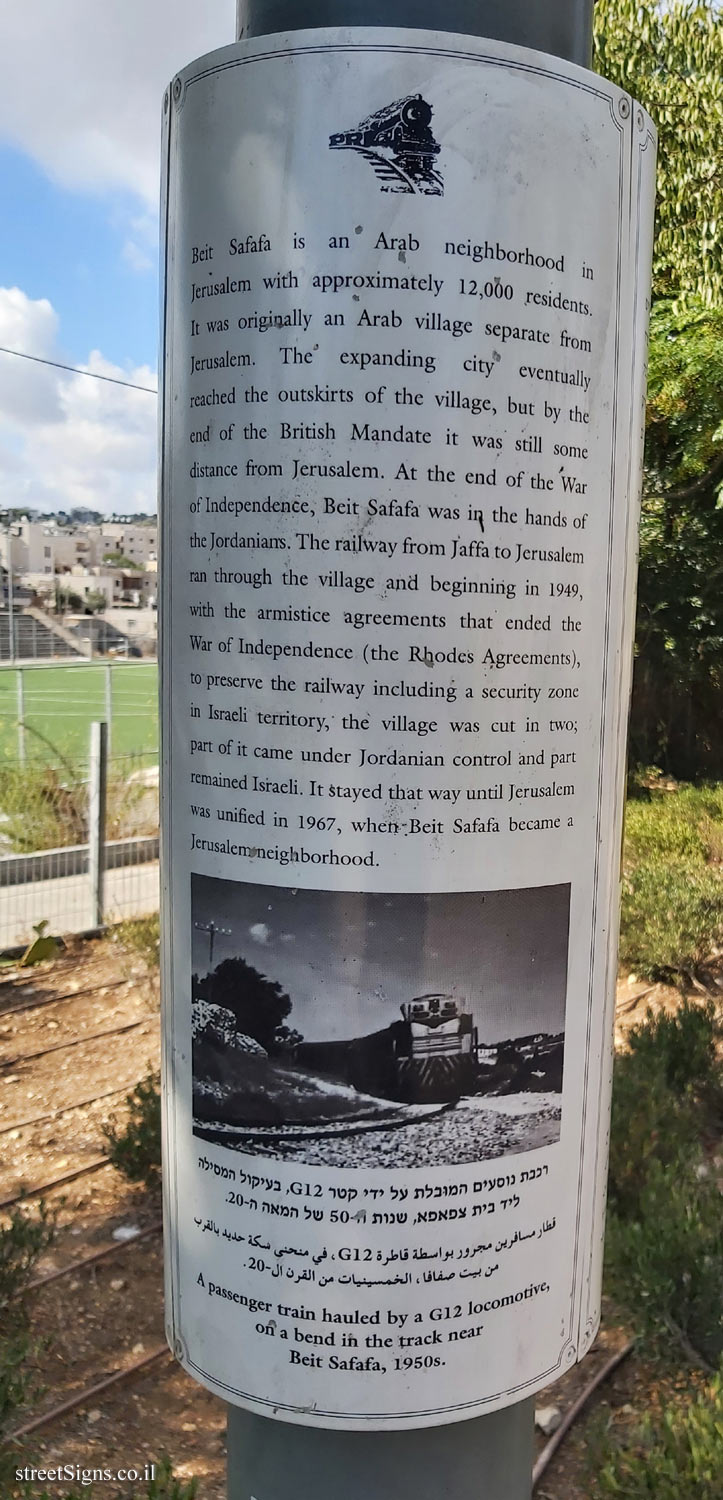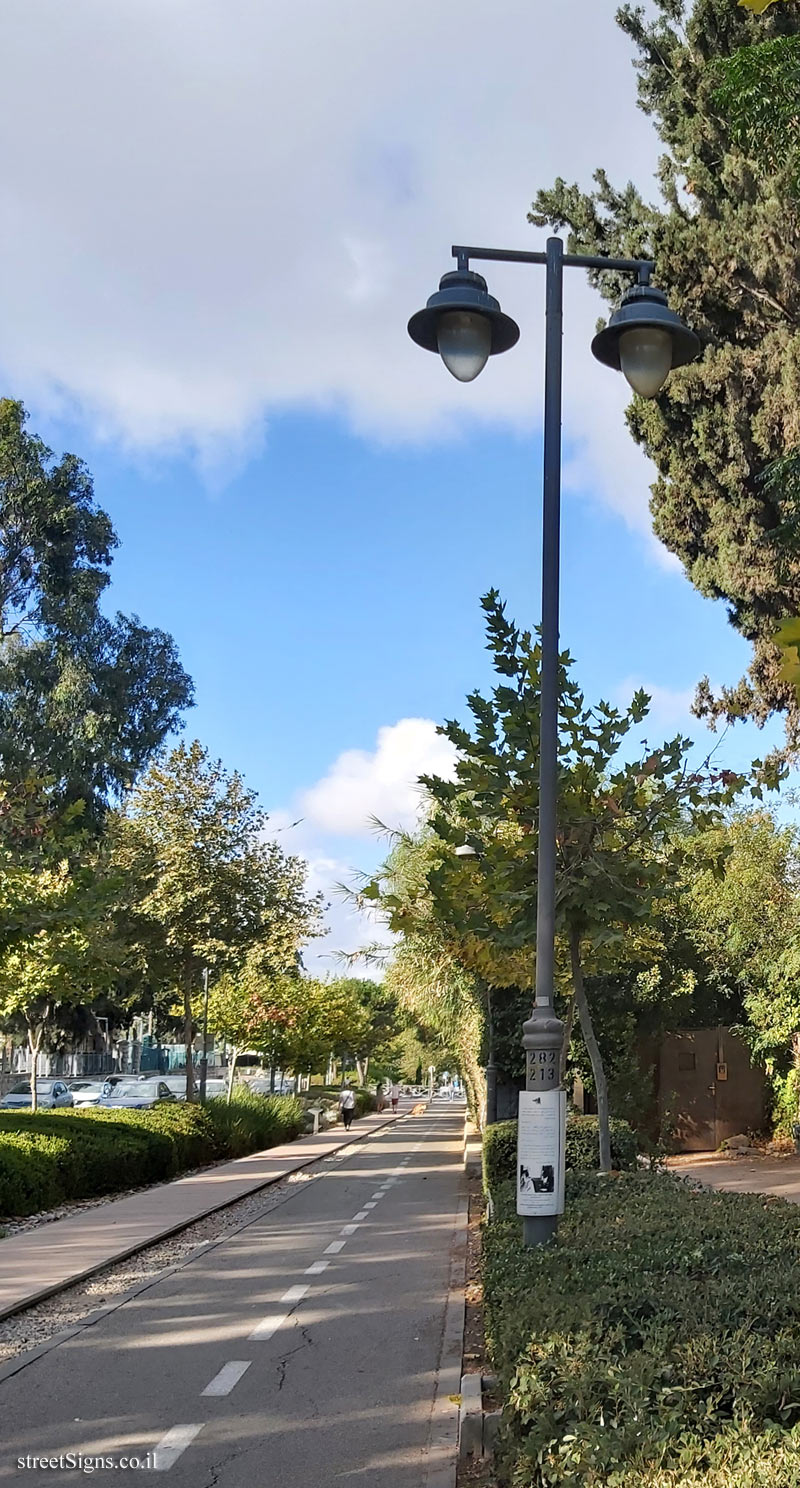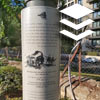
The ultimate street signs, historical sites and house numbers
 Click for a larger image
Click for a larger image  Click for a larger image
Click for a larger image  Click for all signs belonging to Jerusalem - HaMesila Park - History of the railway line
Click for all signs belonging to Jerusalem - HaMesila Park - History of the railway line
 53 Meter |
53 Meter |  79 Meter |
79 Meter |  95 Meter |
95 Meter |  97 Meter |
97 Meter |  131 Meter
131 Meter